Calming talk in the eye of the storm
Market regulators claim a long list of benefits from the recent petrol price rise, but market price fluctuations are also drawing some nervous glances.
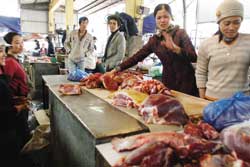 Spiralling inflation continues to leave consumers on the back foot |
At the same time, it helps boost businesses’ technological reforms to cut management costs and economise spending.
Another explanation is that the recent petrol price rise will hurt the drive to calm the consumer price index (CPI).
However, most of these presumptions are only theoretical. Since petrol prices jumped in November, different facts have emerged.
In reality, last December the CPI hit a record high for the past 16 years. It reached 2.91 per cent, or 8.56 times higher than the Ministry of Finance’s prediction. This rise was much higher than the record breaking 1.4 per cent posted in December, 1992 when Vietnam’s hyperinflation period ended. Meanwhile, eight of the past nine Decembers saw a CPI rise below 1 per cent.
The CPI upsurge last December pushed 2007’s overall rate to double-digits (12.63 per cent). Naturally, petrol price rises last November were not the single factor behind such as a high inflation. The price hike has continued this January and February, with the CPI rising by 2.34 and 3.56 per cent, a record high for the past 14 years.
If the CPI does not fall this month and rises just 1 per cent, the CPI for the first quarter will have jumped 7.08 per cent. The rocketing CPI in the first two months makes the goals for the CPI this year to sit below 9 per cent an impossible mission since each month from now price should increase below 0.2 per cent on average.
The rise below 0.2 per cent is a tough task since many economic factors are converging.
First of all, north Vietnam’s cold snap resulted in a poor harvest, creating a large hole in market produce. The chilly winter of 1989 also led to produce price jumps. Second, despite some predictions that the prices of non-oil materials will calm down this year, they remain at an all time high. As the economy’s total import value stood at 90 per cent of GDP and the non-oil materials make up the bulk of the imports basket, the fever will continue to have a large impact on the economy.
Meanwhile, with economic development prospects are now brighter than ever, the threat of inflation due to demand momentum within the economy will be bigger. All of the above arguments lead to a clear prospect that this year the CPI will hit double digits. In such a context, despite some state assistance to help address higher petrol prices together with other direct assistance, the poor will suffer the most. This fact should be given more research as it is closely linked with the country’s sustainable development.
What the stars mean:
★ Poor ★ ★ Promising ★★★ Good ★★★★ Very good ★★★★★ Exceptional
 Tag:
Tag:
Related Contents
Latest News
More News
- Tech goals require teamwork (December 23, 2024 | 10:34)
- Dong Thap pioneers ecosystem for startup businesses (December 23, 2024 | 09:35)
- Japan's Sojitz and Vinamilk put beef processing plant into operation in Vinh Phuc (December 19, 2024 | 16:20)
- Sanofi brings world’s first modular concept manufacturing facility to Singapore (December 19, 2024 | 16:17)
- Japanese take on consistent approaches (December 19, 2024 | 15:00)
- Localities leverage funding for high-tech ventures (December 19, 2024 | 11:53)
- Haiphong boasts resources to spur marine economy (December 18, 2024 | 17:03)
- Chinese investors looking to increase interest in Vietnam (December 18, 2024 | 16:58)
- Georgia: the right place to visit and invest (December 18, 2024 | 16:15)
- Quang Ngai’s incentives will lure in industrial investment (December 17, 2024 | 17:00)



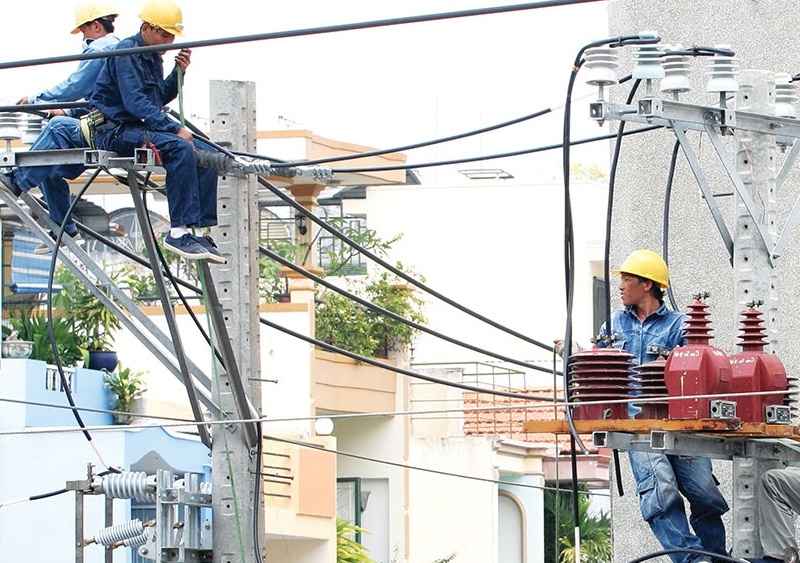
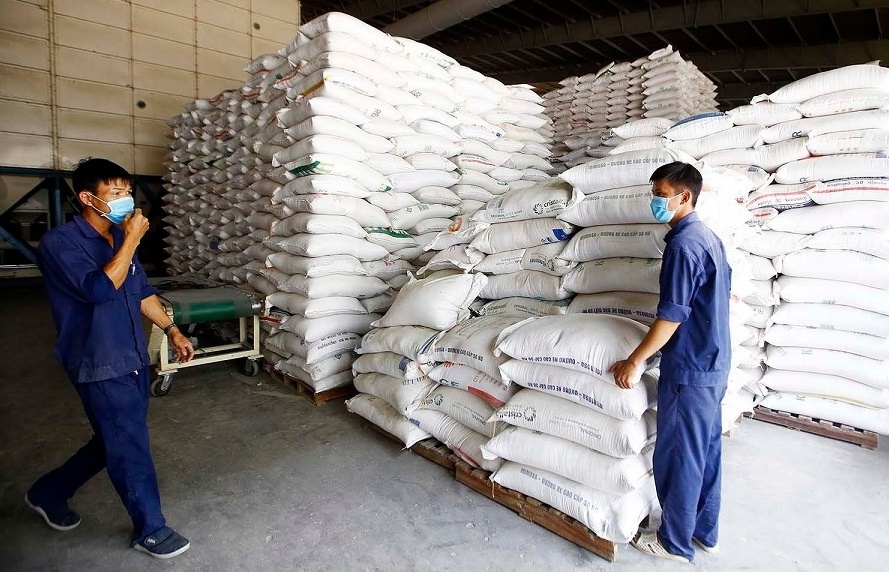
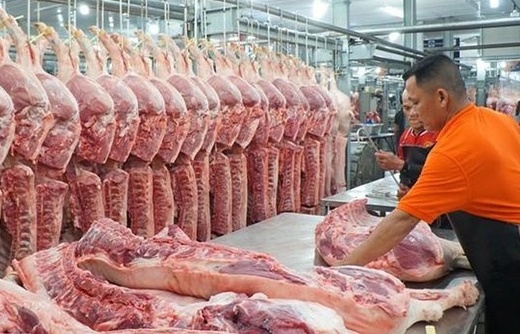
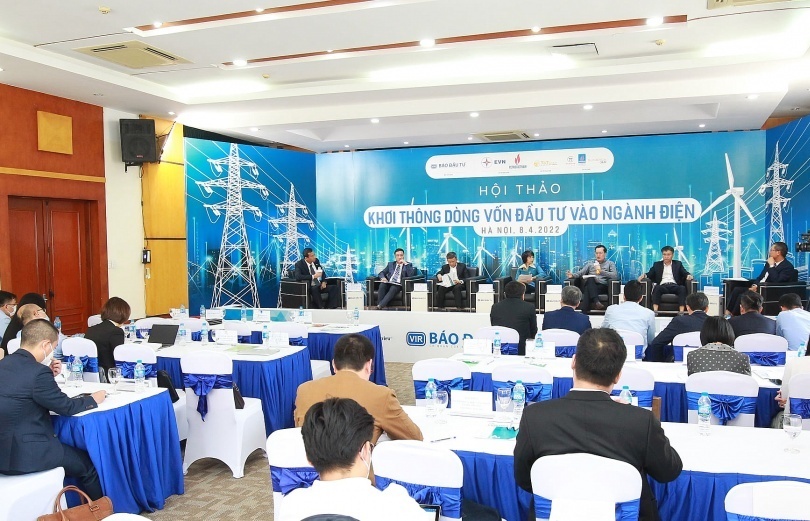
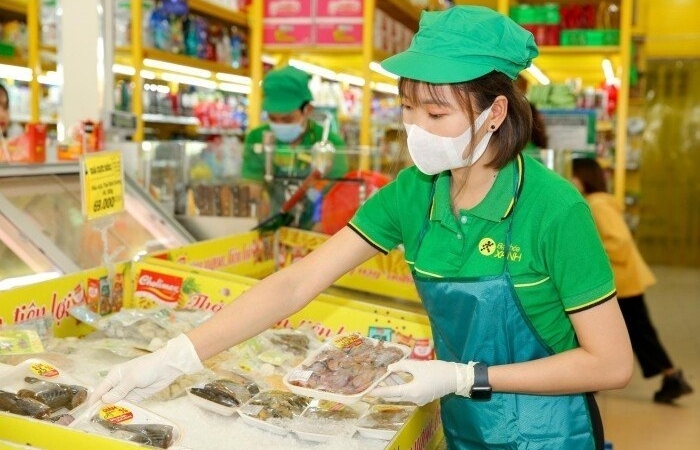







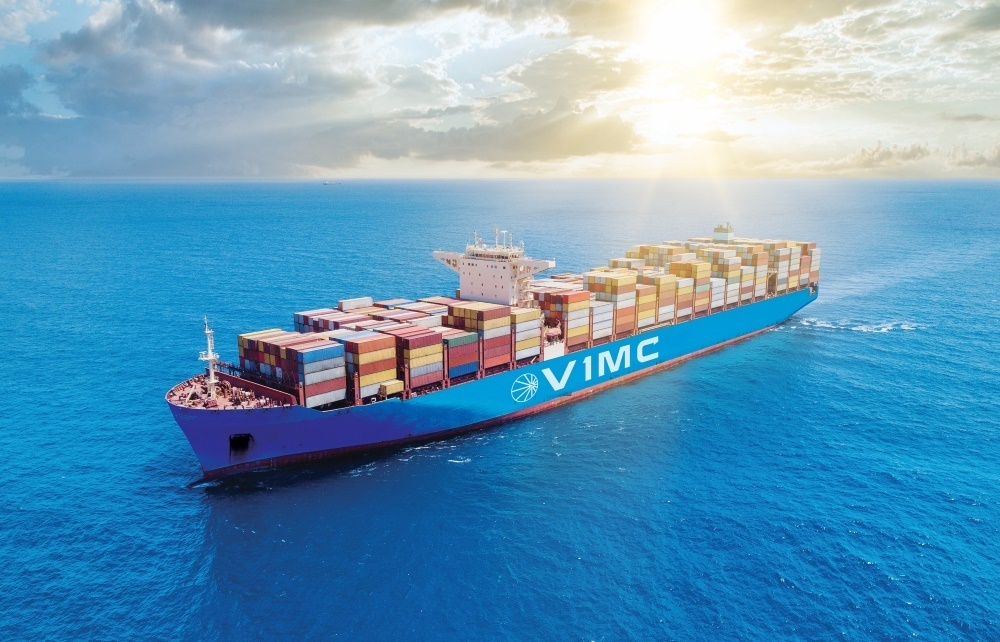





 Mobile Version
Mobile Version